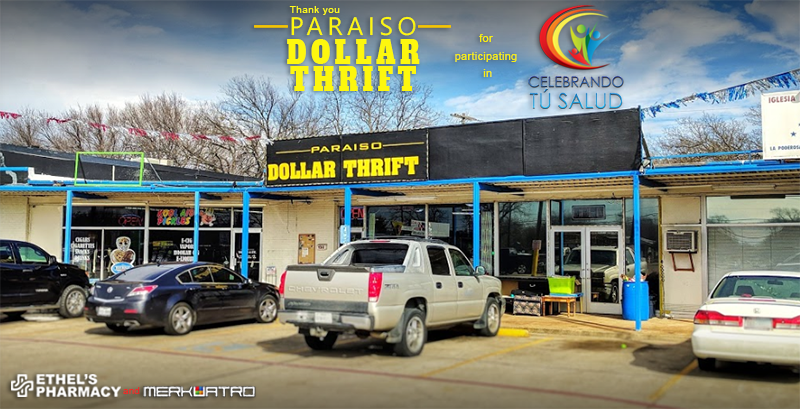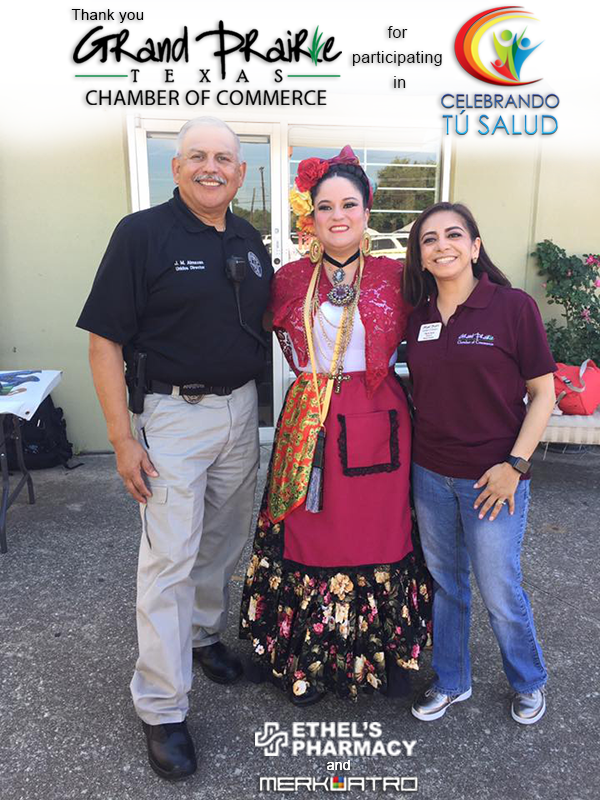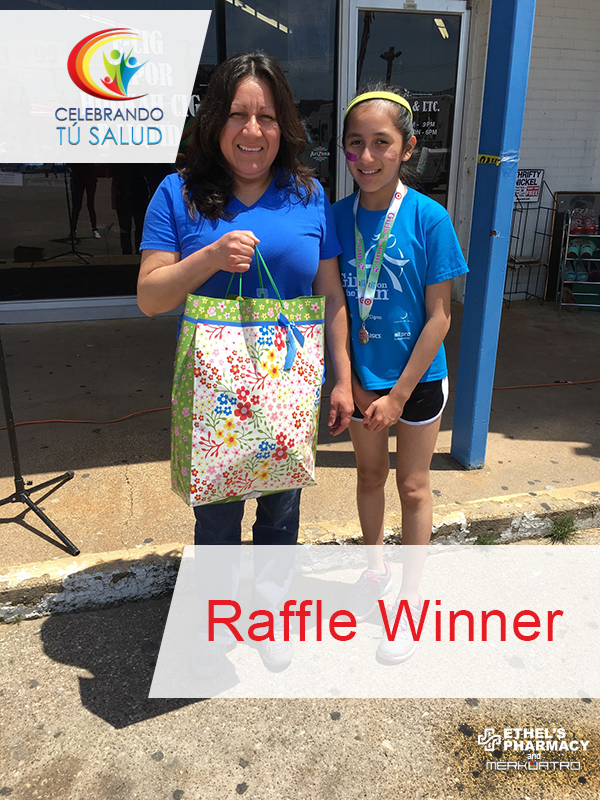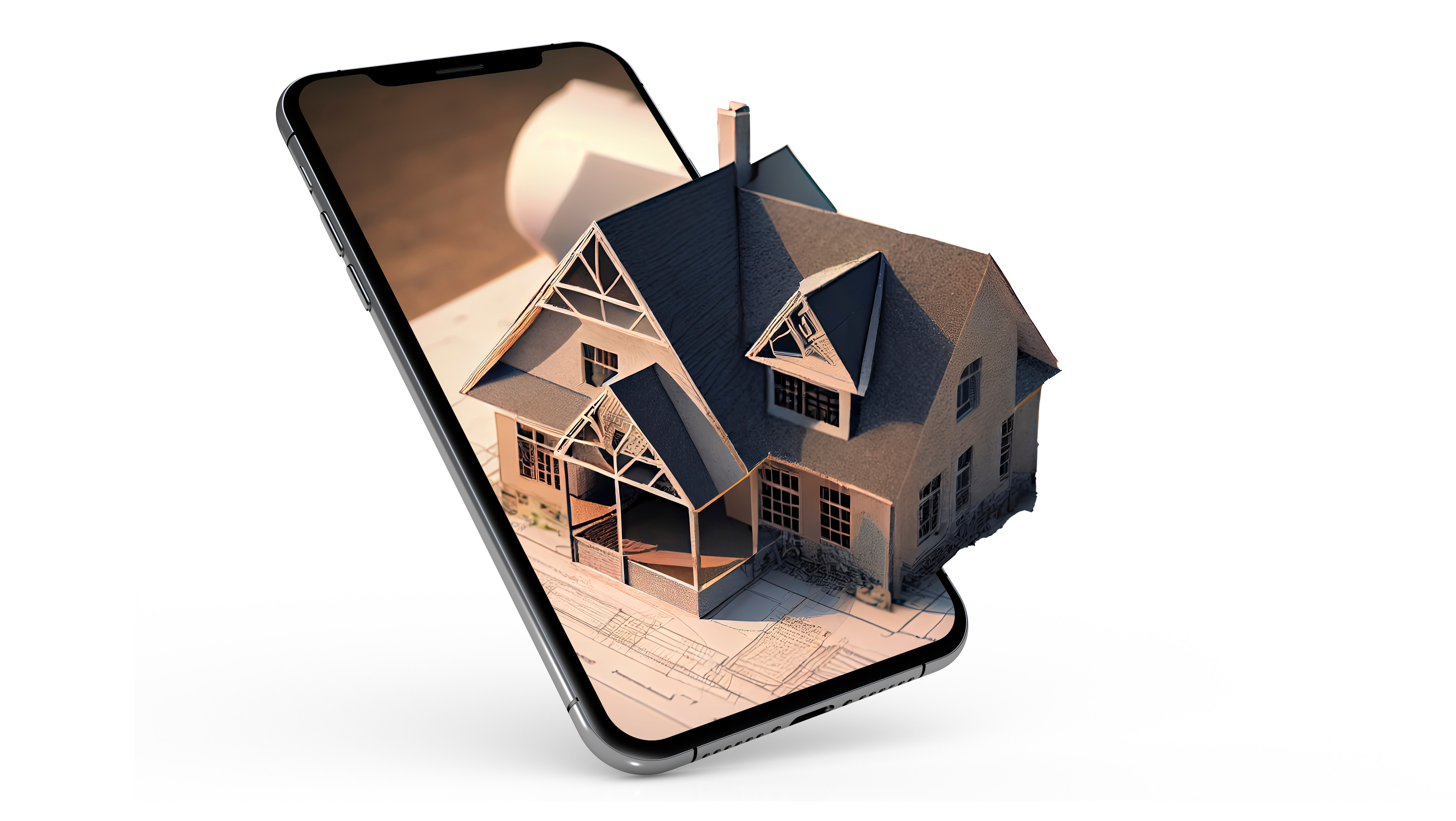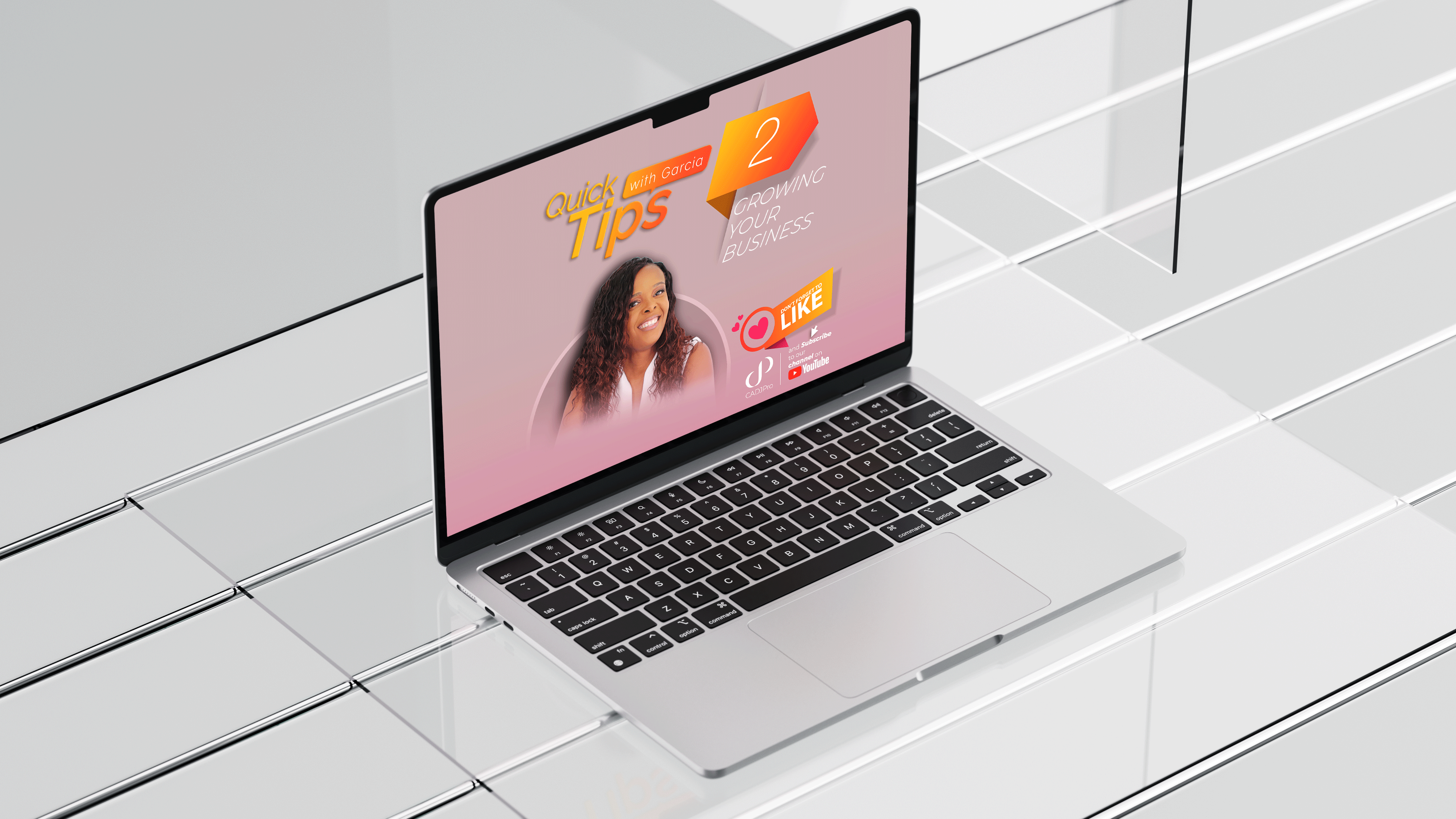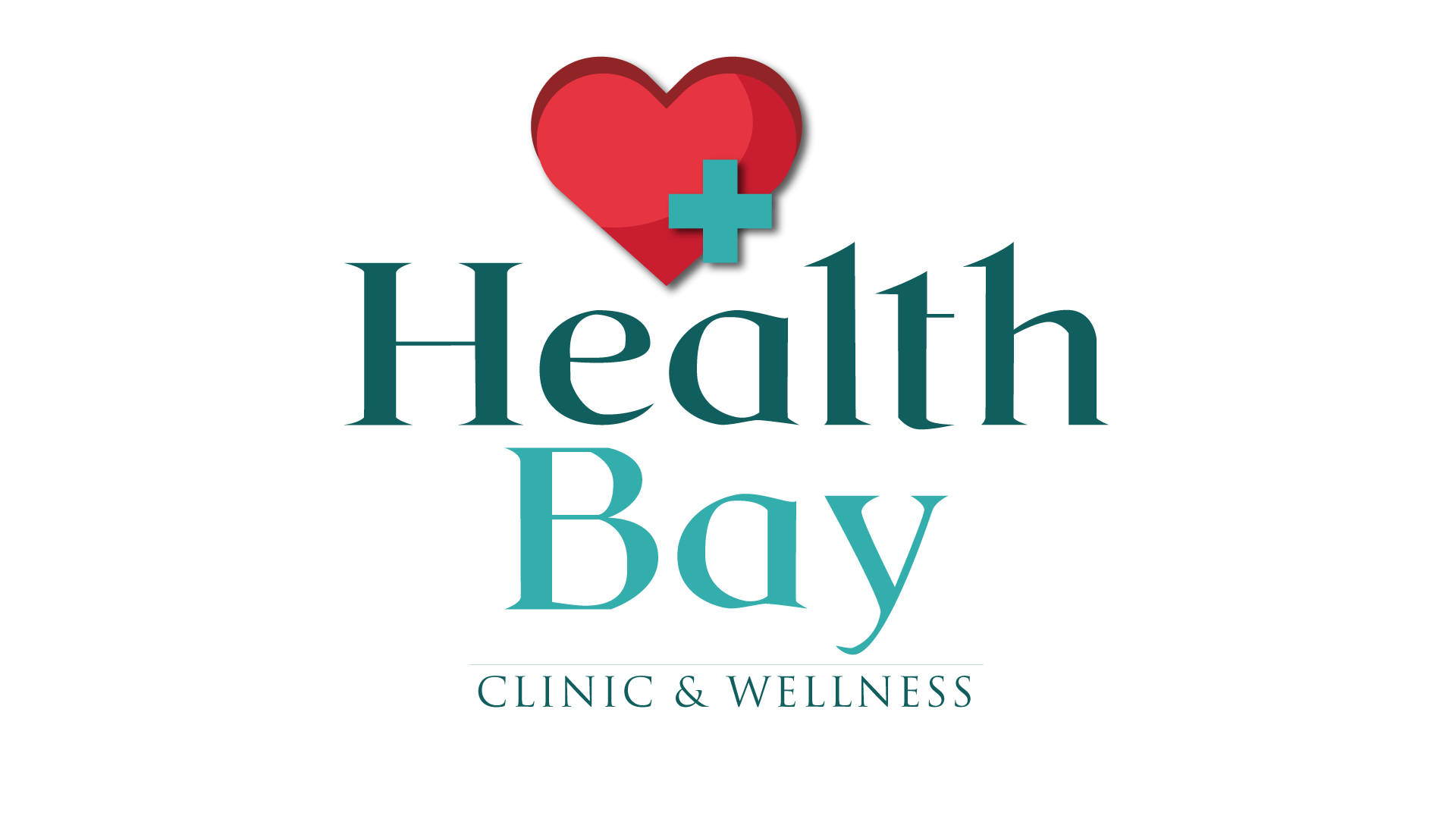Impact: Health fairs unite communities around prevention and wellness. Celebrando tu Salud delivered free screenings and health education in Spanish, targeting Grand Prairie’s large Hispanic population (47% of residents, 29% of whom lack insurance).
By focusing on underserved groups, the event helped reduce barriers to care and raise awareness about chronic disease.
At the same time, partnering with neighborhood businesses turned the fair into an economic boost: local vendors (e.g., restaurants, pharmacies, clinics) offered health-related services and promotions, driving new foot traffic and customer loyalty.
These community connections, vendor coupons, local media partnerships, and a vendor passport raffle – kept spending “within the community” and strengthened small-business outreach (consistent with best practices of engaging health-focused local partners).
Project Overview
‣ Client: Celebrando tu Salud.
‣ Role: Project Manager, Lead Designer, Event Coordinator.
‣ Services: Brand identity, print collateral, social media content creation, video, event planning.
‣ Tools: Adobe Illustrator, InDesign, Photoshop, Premiere Pro, Google Docs (project coordination), and Hootsuite.
‣ Client: Celebrando tu Salud.
‣ Role: Project Manager, Lead Designer, Event Coordinator.
‣ Services: Brand identity, print collateral, social media content creation, video, event planning.
‣ Tools: Adobe Illustrator, InDesign, Photoshop, Premiere Pro, Google Docs (project coordination), and Hootsuite.
Celebrando tu Salud was conceived as an annual bilingual health fair to serve Grand Prairie’s largely Spanish-speaking, low-income neighborhoods. Held at 2125 SW 3rd St, a parking-lot complex anchored by Clinica Integral General Hispana and restaurants.
The event was positioned to draw families and workers from surrounding clinics, churches, and housing areas. With no liquor license on site, sponsors substituted food and beverage sampling (no alcohol) to promote health.
The fair aimed to fill gaps: offering free blood pressure, glucose, vision and dental screenings; nutrition education; and enrollment assistance on-site. By scheduling it as a recurring annual “serie” (series), the initiative laid the groundwork for long-term community trust and measurable year-over-year growth in outreach.
Design Choices: The branding and materials were crafted for cultural relevance and accessibility. A bright, approachable color palette and bold typography made Spanish-English signage easy to read.
All flyers, posters and directional signs were produced in both languages, using clear icons and high-contrast layouts to aid navigation (a recommended best practice).
For example, wayfinding signs used sans-serif fonts and symbols (e.g., clinic, stage, restrooms) to ensure clarity for non-English speakers and low-literacy attendees. Sponsorship packets and brochures (designed in Adobe InDesign) carried the event logo and local sponsor logos, reinforcing community identity.
Marketing collateral from Facebook banners to printed flyers, was created in Photoshop and InDesign and reviewed for cultural authenticity (e.g., featuring Hispanic families). Color-blind–friendly palettes and ADA-friendly font sizes were chosen to ensure inclusivity.
In short, every design decision prioritized community “ownership” and ease of access: bilingual messaging, clear visual hierarchy, and tested readability for our target demographics.
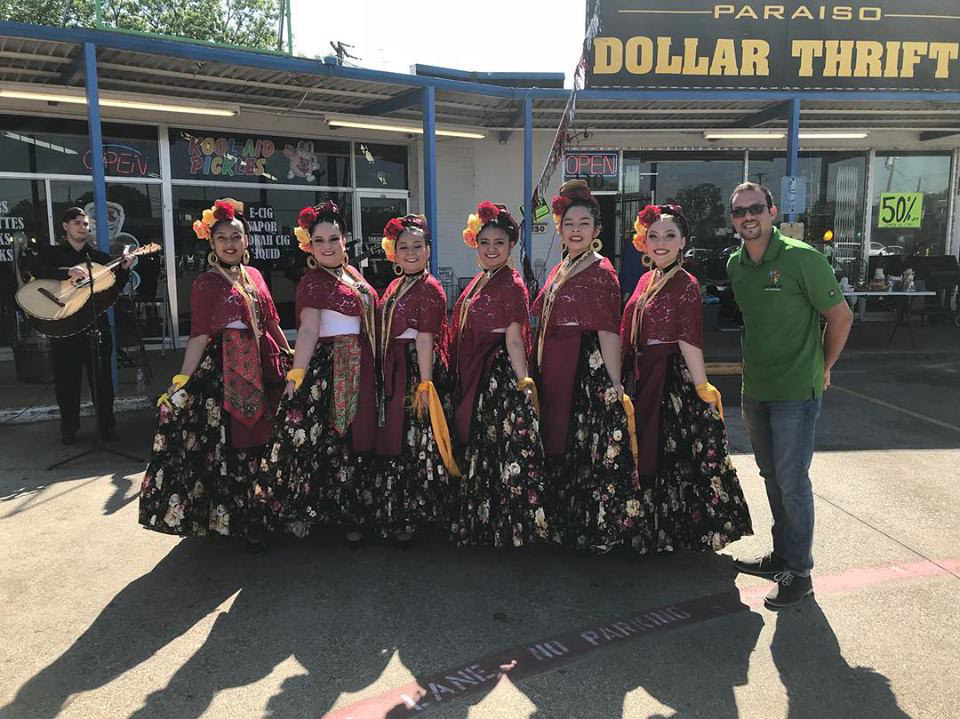




Strategy: The outreach plan combined print and digital media in an integrated campaign. Offline tactics included handing out posters and flyers at neighborhood centers and clinics, while a formal Sponsorship Packet (created in InDesign) was distributed to local businesses and non-profits to secure funding and participation.
Online, the team launched event pages on Facebook (the primary community network) as well as Instagram, X (Twitter), and YouTube. A weekly posting cadence was maintained via Hootsuite: health tips, sponsor spotlights, behind-the-scenes looks, and countdown reminders kept the fair visible for three months. For example, Instagram posts highlighted vendor profiles, Facebook ads targeted Grand Prairie zip codes, and bilingual video teasers ran on YouTube. This multi-channel “Promote, promote, promote” approach followed recommended best practices, creating event pages, updates and hashtags to boost awareness.
By showcasing the Sponsorship Packet online and in-person, the team attracted six sponsoring organizations (including a law office and a media partner), exceeding the initial funding goal. In sum, print ads + community flyers + a robust social media plan (image posts in Photoshop, scheduling via Hootsuite) ensured a broad reach.
Lessons Learned: Organizing Celebrando tu Salud taught the team valuable lessons in collaboration and cultural sensitivity. We learned that city permitting can be complex, so early coordination with Grand Prairie officials (for use of the parking lot and street closure) was crucial. Forming committees (e.g., for permits, vendor relations, programming) and holding weekly meetings improved efficiency. Designing for multicultural relevance meant testing graphics and language with community advisors and adjusting styles to avoid cultural taboos. For instance, we refined infographics on nutrition so imagery and phrasing felt inclusive to both Mexican-American and Central-American audiences.
The team also discovered that offering child-friendly attractions (a “Niños corner”) and free healthy snacks increased family engagement. Overall, flexibility and listening to local partners were key: these insights will inform future editions to deepen community impact and ensure the event truly feels like our own neighborhood fair.
Design Process & Decisions: The development timeline spanned three months. It began with research and ideation: the team conducted community surveys and focus groups (in both English and Spanish) at local clinics and churches.
We used these surveys to quantify audience needs and build personas. One key persona was “Oluwatoni,” a 35-year-old Afrolatina medical student working part-time, illustrating our target’s health interests (e.g. preventive screenings) and media habits (active on Instagram).
Using these insights, we sketched an experience flow and a visual map of the event layout (parking-lot floor plan with booths) to maximize traffic through sponsor areas without disrupting businesses.
Over multiple iterations, the team (6 members, including 3 local business partners) collaborated on branding elements: logo concepts, color schemes, and sample collateral were reviewed. We created low-fi wireframes of flyers and social media graphics, then refined them based on peer feedback for greater clarity and cultural resonance. Regular virtual meetings allowed our dispersed team to align on strategy; for example, one outcome was centralizing screenings and entertainment in the lot so attendees would naturally pass by open businesses, boosting exposure.
By the end, all assets, from maps to the Sponsorship Packet, were finalized, reflecting a data-driven, user-centered design process that connected research and personas to tangible marketing outcomes.
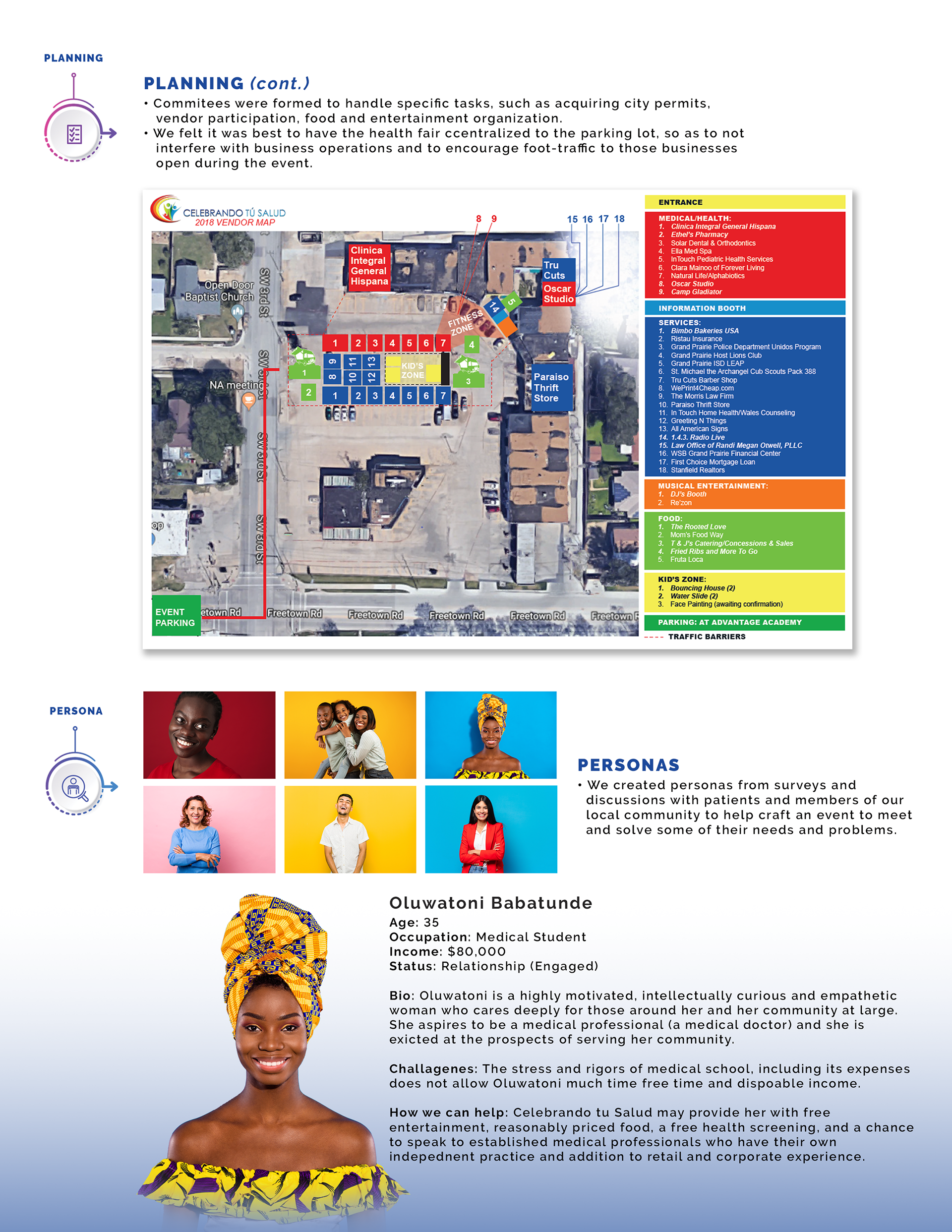
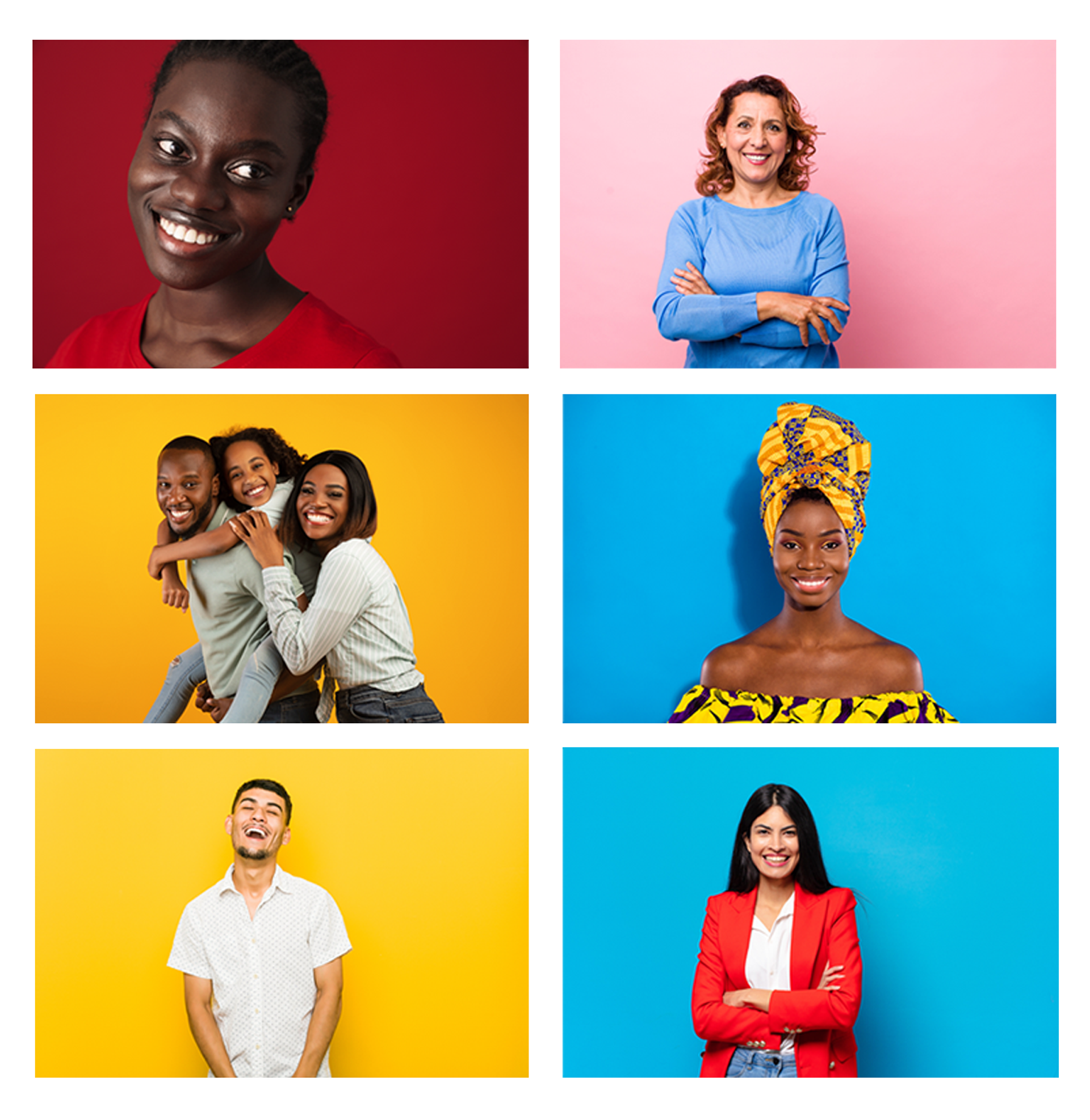
Quick Stats
‣ Location: 2125 SW 3rd St, Grand Prairie, TX 75051 (Clinica Integral parking lot)
‣ Date & Time: Saturday, July 13 (9:00 am – 3:00 pm)
‣ Team: 6 organizers (including 3 local business owners)
‣ Duration: 3 months (part-time preparation)
‣ Social Channels: Facebook, Instagram, X (Twitter), YouTube (weekly posts)
‣ Other Tactics: Flyers/posters, local radio PSA, community newsletter mentions
‣ Outcomes: Free screenings offered (BP, glucose, vision, dental), 150 attendees (surveyed), 6 new business sponsors, broad media coverage, dozens of social media shares and sign-ups for follow-up health programs.
‣ Location: 2125 SW 3rd St, Grand Prairie, TX 75051 (Clinica Integral parking lot)
‣ Date & Time: Saturday, July 13 (9:00 am – 3:00 pm)
‣ Team: 6 organizers (including 3 local business owners)
‣ Duration: 3 months (part-time preparation)
‣ Social Channels: Facebook, Instagram, X (Twitter), YouTube (weekly posts)
‣ Other Tactics: Flyers/posters, local radio PSA, community newsletter mentions
‣ Outcomes: Free screenings offered (BP, glucose, vision, dental), 150 attendees (surveyed), 6 new business sponsors, broad media coverage, dozens of social media shares and sign-ups for follow-up health programs.
Key Outcomes & Next Steps
In my roles as Project Manager, Graphic Designer, and Social Media Manager, I led the project from concept to execution. The fair’s impact extended beyond the event day: dozens of previously uninsured attendees were linked to primary care, and participating businesses reported positive customer feedback and follow-up visits.
In my roles as Project Manager, Graphic Designer, and Social Media Manager, I led the project from concept to execution. The fair’s impact extended beyond the event day: dozens of previously uninsured attendees were linked to primary care, and participating businesses reported positive customer feedback and follow-up visits.
The initiative fostered new community partnerships (clinics, churches, media) that will sustain future events. Critically, we proved the model: a community-driven, culturally tailored health fair that simultaneously uplifts local businesses. Moving forward, Celebrando tu Salud can evolve into an annual tradition, scaling services (e.g. flu vaccines, mental health booths), expanding sponsor levels, and even franchising the concept to nearby cities. The project was impactful not only for its immediate health benefits, but for empowering residents and businesses to collaboratively improve community wellness.
